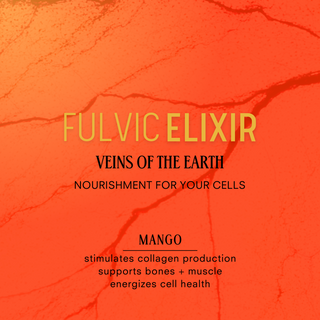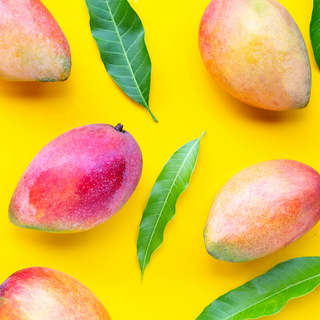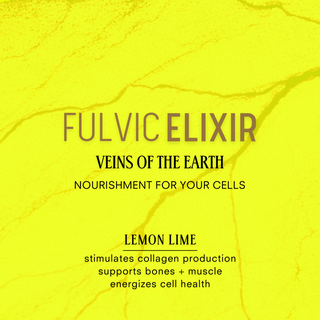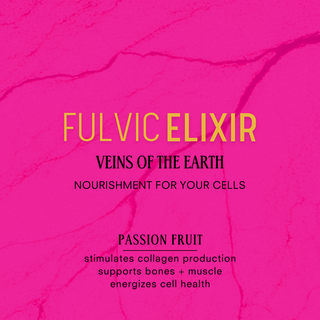In desert ecosystems, organic matter plays a critical but limited role due to the harsh environmental conditions characterized by low precipitation, high temperatures, and sparse vegetation. Here are some key aspects of organic matter in desert ecosystems:
-
Limited Organic Input: Deserts receive minimal precipitation, resulting in limited plant growth and organic matter production. The sparse vegetation consists mainly of drought-resistant plants such as cacti, succulents, and shrubs, which produce relatively small amounts of organic material compared to other ecosystems. As a result, organic matter inputs to desert soils are generally low.
-
Surface Organic Material: Despite limited plant growth, desert soils may contain a thin layer of organic material derived from fallen leaves, twigs, and other plant debris. This surface organic layer, known as litter, accumulates slowly over time and provides habitat for soil organisms such as bacteria, fungi, and arthropods. Although sparse, this organic material plays a crucial role in nutrient cycling and soil ecosystem dynamics.
-
Biological Soil Crusts: In addition to plant litter, desert soils often host biological soil crusts, composed of living organisms such as cyanobacteria, lichens, mosses, and algae. These crusts form a thin layer on the soil surface and play important ecological roles, including nitrogen fixation, soil stabilization, and moisture retention. While not strictly organic matter in the traditional sense, biological soil crusts contribute to soil fertility and ecosystem functioning in desert environments.
-
Nutrient Cycling: Organic matter in desert soils undergoes slow decomposition due to arid conditions and limited microbial activity. Decomposition rates are further inhibited by high temperatures and low moisture availability, which restrict microbial growth and activity. Consequently, nutrients released from organic matter decomposition are often retained within the soil for extended periods, contributing to soil fertility and nutrient availability for desert-adapted plant species.
-
Soil Structure and Stability: Organic matter plays a role in maintaining soil structure and stability in desert ecosystems. Despite low organic inputs, even small amounts of organic material can improve soil aggregation, water infiltration, and erosion resistance. Desert soils with higher organic content tend to be more resilient to erosion and better able to support plant growth, contributing to ecosystem stability in these harsh environments.
-
Long-Term Carbon Storage: Organic matter in desert soils, although limited in quantity, contributes to long-term carbon storage. Despite slow decomposition rates, organic material can accumulate over time, forming stable organic carbon pools in desert soils. These carbon stocks play a role in the global carbon cycle and may have implications for climate change mitigation and soil carbon sequestration efforts.
Overall, organic matter in desert ecosystems is relatively sparse but still plays important roles in nutrient cycling, soil fertility, ecosystem stability, and carbon storage. Understanding the dynamics of organic matter in desert soils is essential for conserving these unique ecosystems and mitigating the impacts of desertification and climate change.









